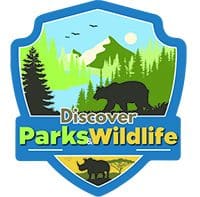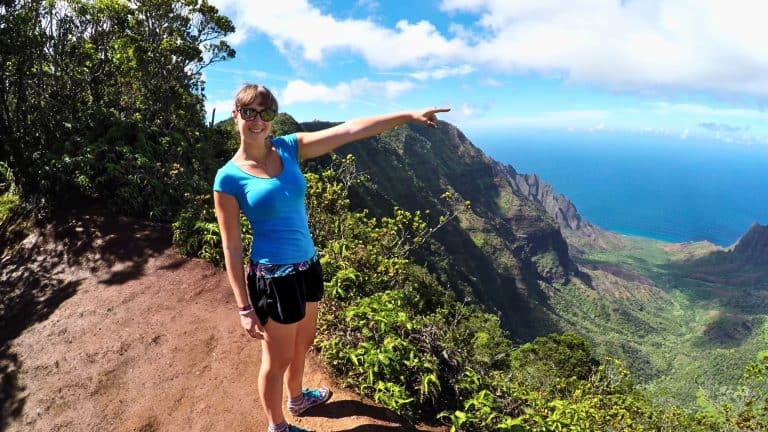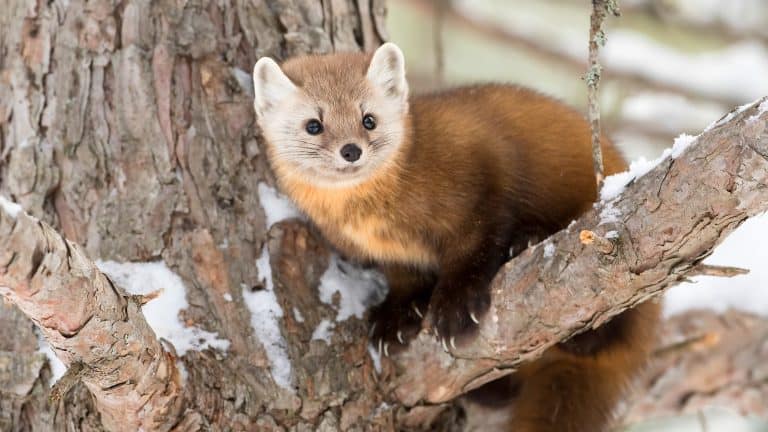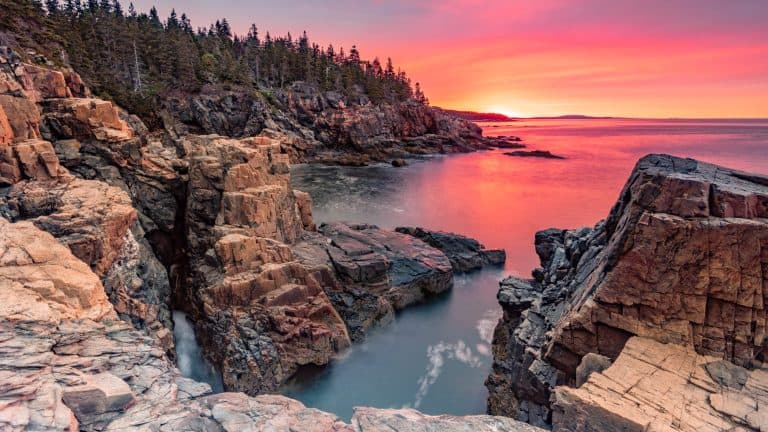Discover Parks & Wildlife contains affiliate links and is a member of the Amazon Services LLC Associates Program. If you make a purchase using one of the Amazon links (or other affiliate links), we may receive compensation at no extra cost to you. See our disclosure policy for more information.
11 Hands-On Skills You Didn’t Know National Parks Could Teach You
Ever wandered through a national park and thought, “What else can I do besides pretend to know bird species and trip over roots?” Turns out, these parks are hiding an entire syllabus of skills you probably never considered adding to your resume.
Sure, you’ll still get your fill of epic views and fresh air, but there’s a whole world of quirky, hands-on expertise waiting to be discovered… assuming you’re ready to get a little out of your comfort zone. It’s a refreshing reminder that the great outdoors isn’t just about admiring landscapes; it’s also a place to pick up some skills you can casually brag about later.
Keep reading, and you might just find yourself planning your next park visit with a whole new agenda.
Tracking Animal Prints
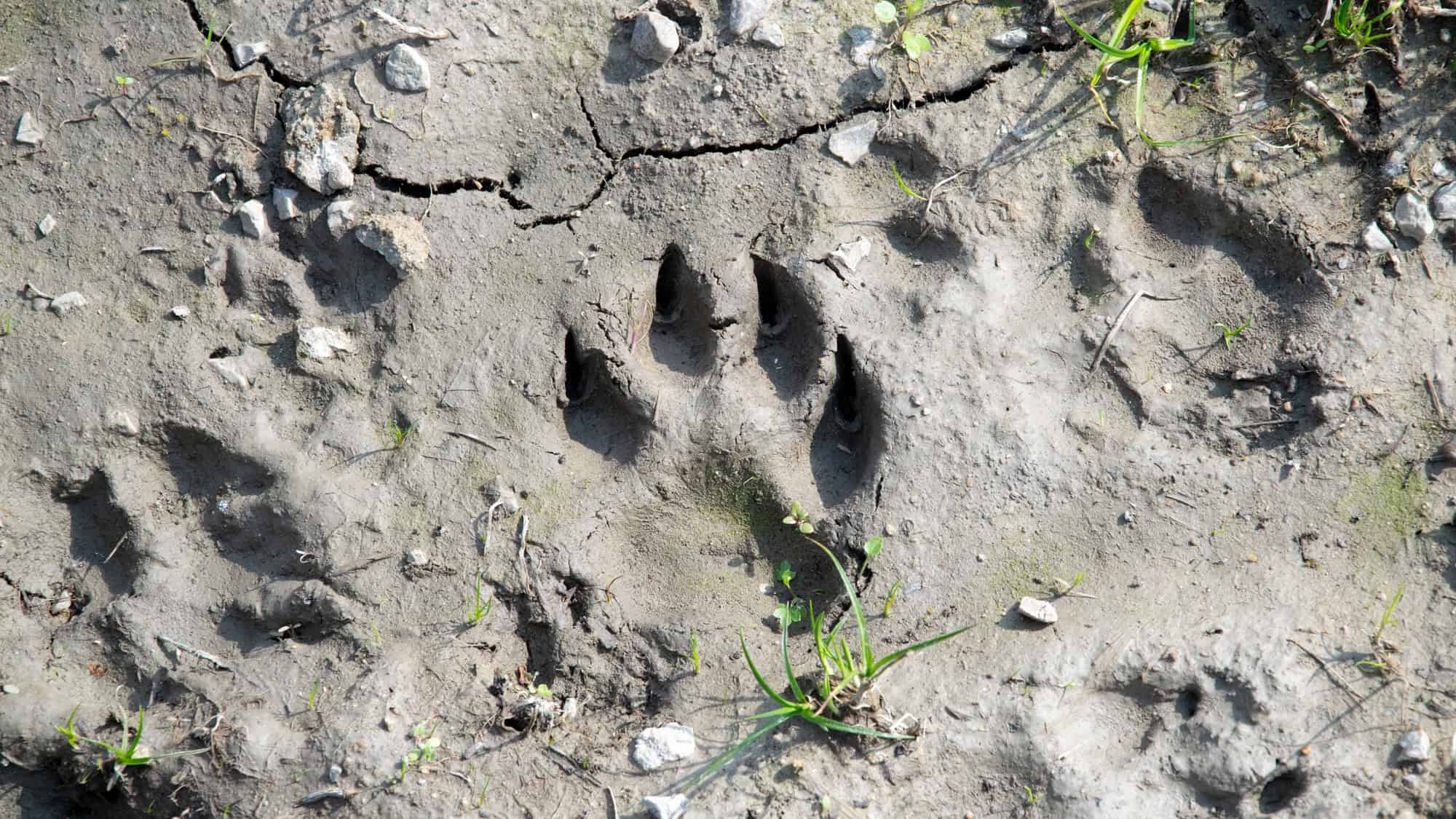
If you’ve ever wanted to channel your inner detective (but for animals), tracking prints is your jam. Parks like Yellowstone actually have ranger-led programs teaching you how to decode wildlife from their footprints, paw sizes, and, uh, poop. Yes, scat science is a thing, and it’s oddly fascinating.
Suddenly, an innocent set of paw prints in the dirt becomes a story about a bear’s midnight snack run or a coyote’s stroll. Next time you spot tracks, you’ll feel like a nature CSI (though maybe leave the scat collection to the professionals). Pro tip: always be aware of your surroundings, animals tend to not RSVP for these lessons.
Traditional Basket Weaving
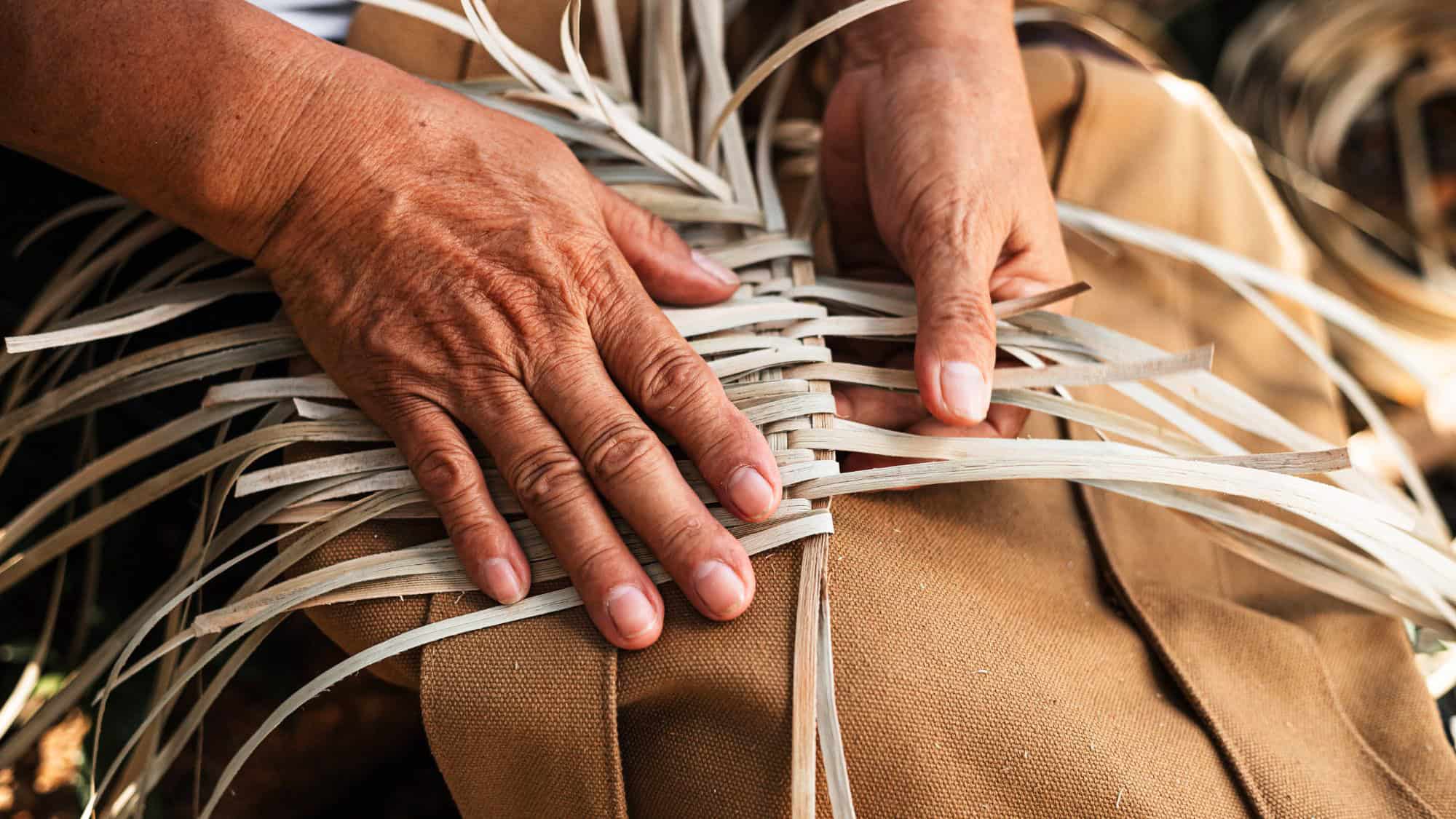
At Yosemite, you can attend cultural demonstrations where Indigenous artisans make weaving look like modern magic and might be willing to teach you a few things. You’ll quickly discover that creating something as simple as a basket isn’t, well, simple. Not only does it involve ancestral techniques passed down for generations, but timing and patience are also apparently required.
The good news? You’ll walk away with a greater appreciation for craftsmanship and one less excuse for not sorting your laundry (assuming you master the technique). It’s not just a skill, it’s your new party trick. “Oh, you made guacamole? I made a granary basket.”
Star Navigation
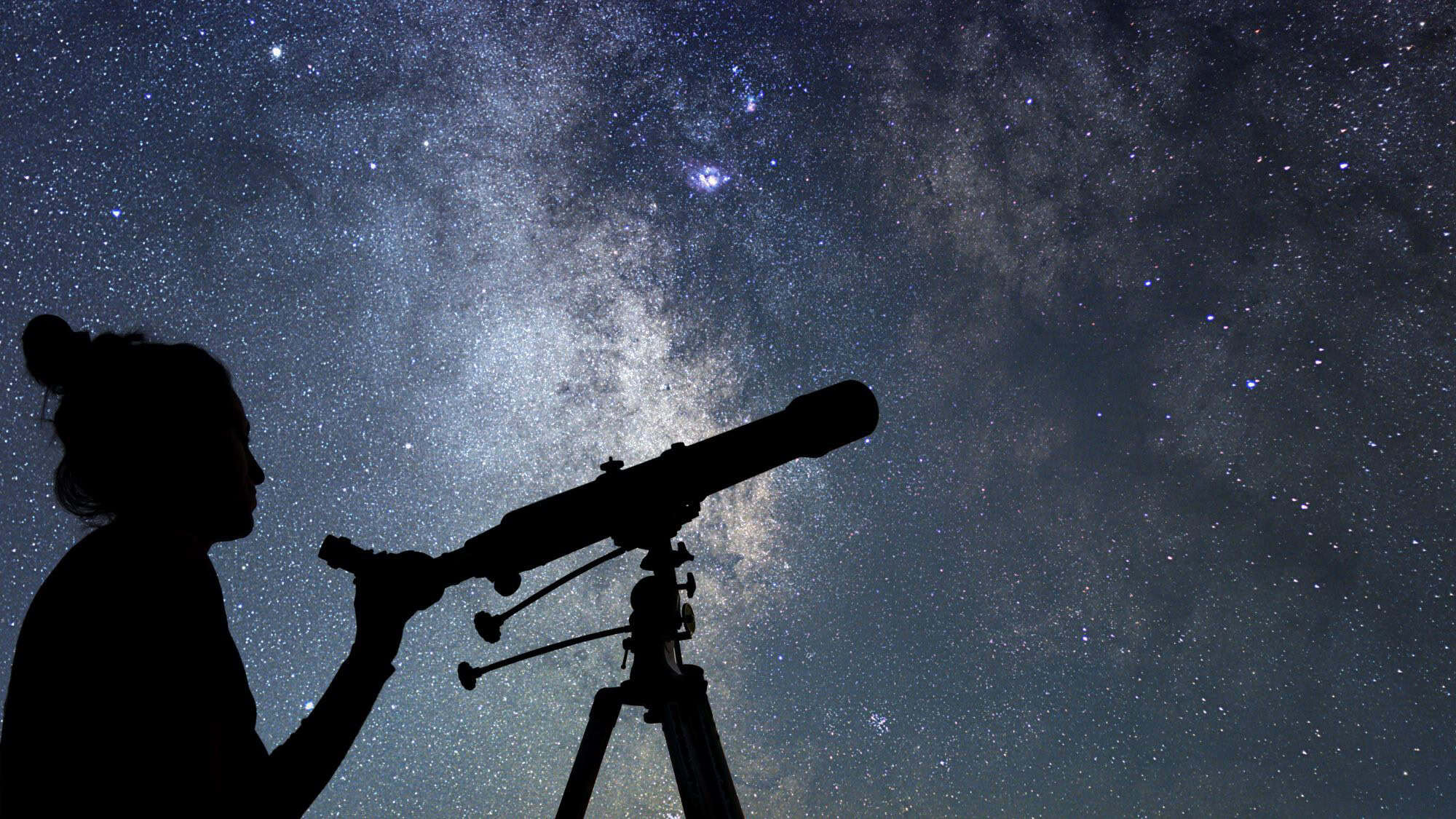
Remember when people found their way without GPS? Yeah, me neither. Parks like Great Basin and Capitol Reef offer stargazing programs that teach star navigation, which sailors used to depend on before, well, Google Maps.
You’ll learn to spot constellations with names like “Cassiopeia” and “Orion”. And while it might sound romantic to plot a course using stars, I suggest keeping some backup directions handy because stars don’t care about detours. Still, mastering celestial navigation feels pretty cool… even if your main takeaway is pointing at the Big Dipper like a sky whisperer.
Foraging Wild Edibles
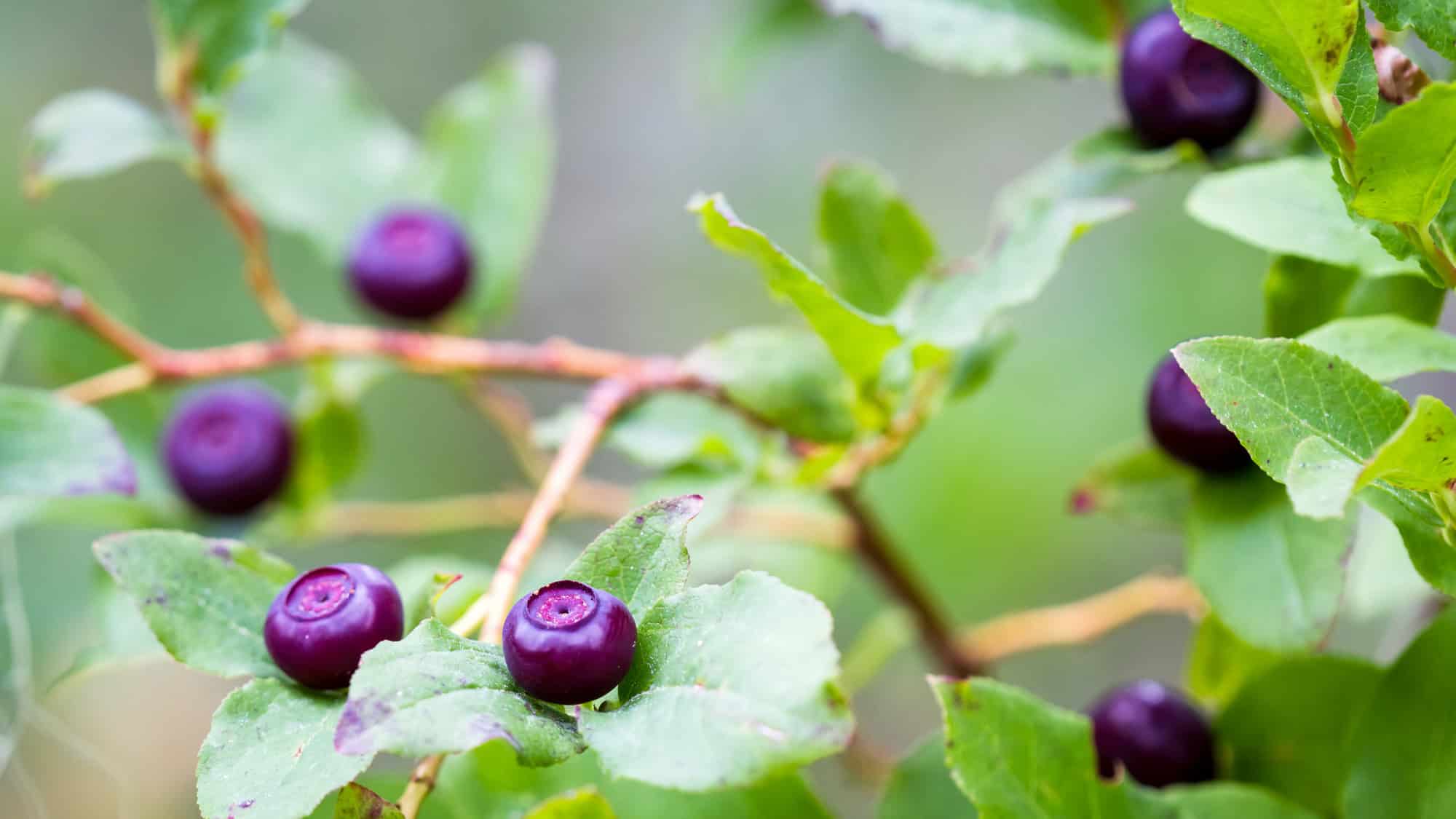
At Shenandoah, foraging programs teach you how to responsibly locate edible plants, and I’m not just talking about nibbling on grass. Think things like ramps, fiddleheads, and huckleberries. And all harvested in a way that keeps you out of a bear’s dinner plans.
The instructors will show you how to identify these goodies without accidentally poisoning yourself (apparently, the “it’s green, it must be safe” method is frowned upon). And you’ll walk away feeling like the human embodiment of a Swiss Army knife (except tastier). Just don’t go overboard; foraging limits within the park ensure nature doesn’t turn into a self-serve buffet.
Orienteering
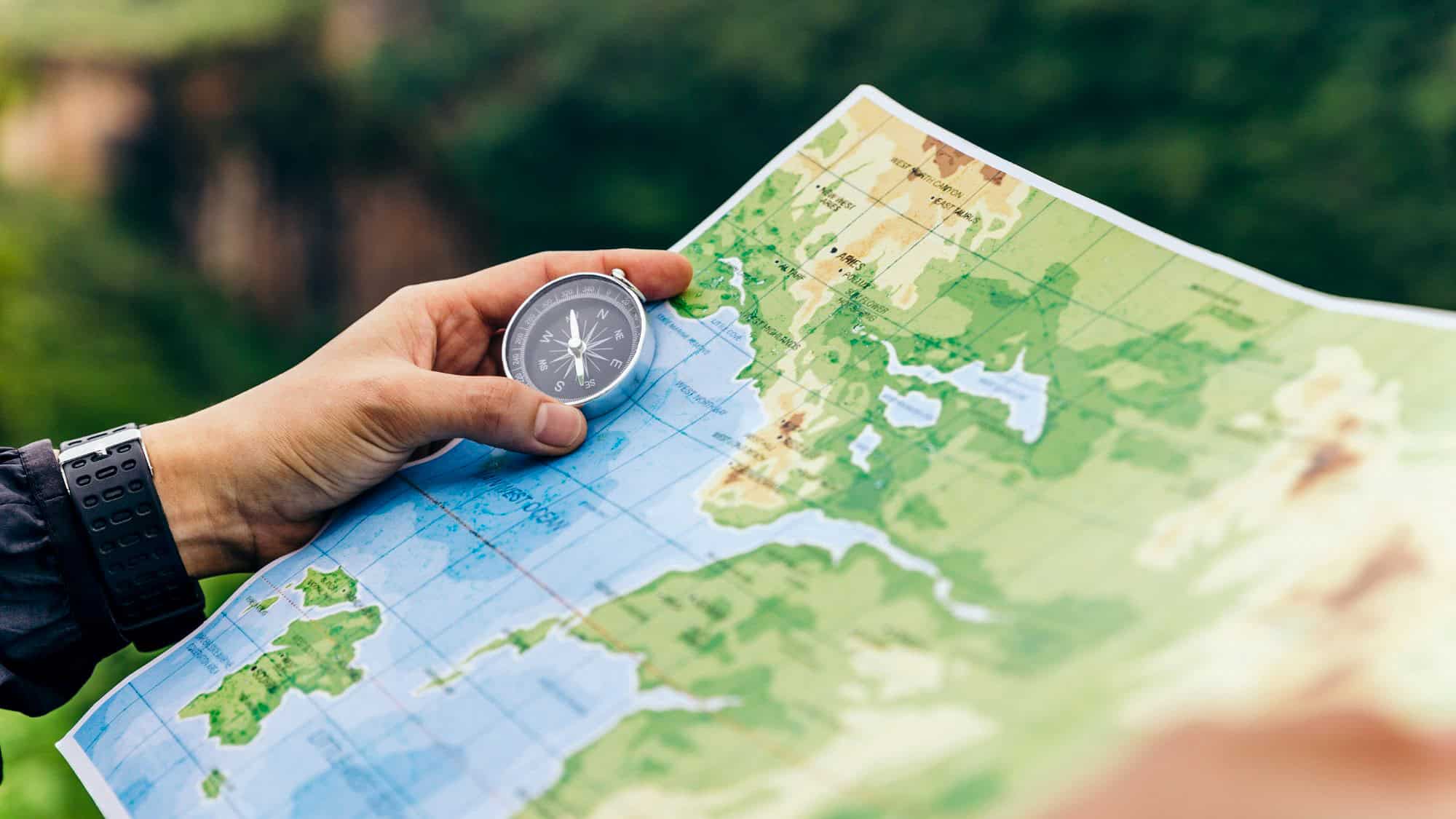
Think you can just waltz into the wilderness and magically know which direction you’re heading? Turns out, trees don’t come with GPS. Orienteering courses in parks like Cuyahoga Valley will teach you how to wield a compass and read a topographic map like you’re auditioning for an adventure movie.
You’ll learn to spot elevation lines, understand declination (fancy word, isn’t it?), and avoid walking in circles like some lost extra in the forest. Sure, it’s more challenging than pulling up Google Maps, but mastering these skills will impress your hiking buddies and, more importantly, keep you from ending up in the “missing person” section of the news.
Lava Tube Navigation
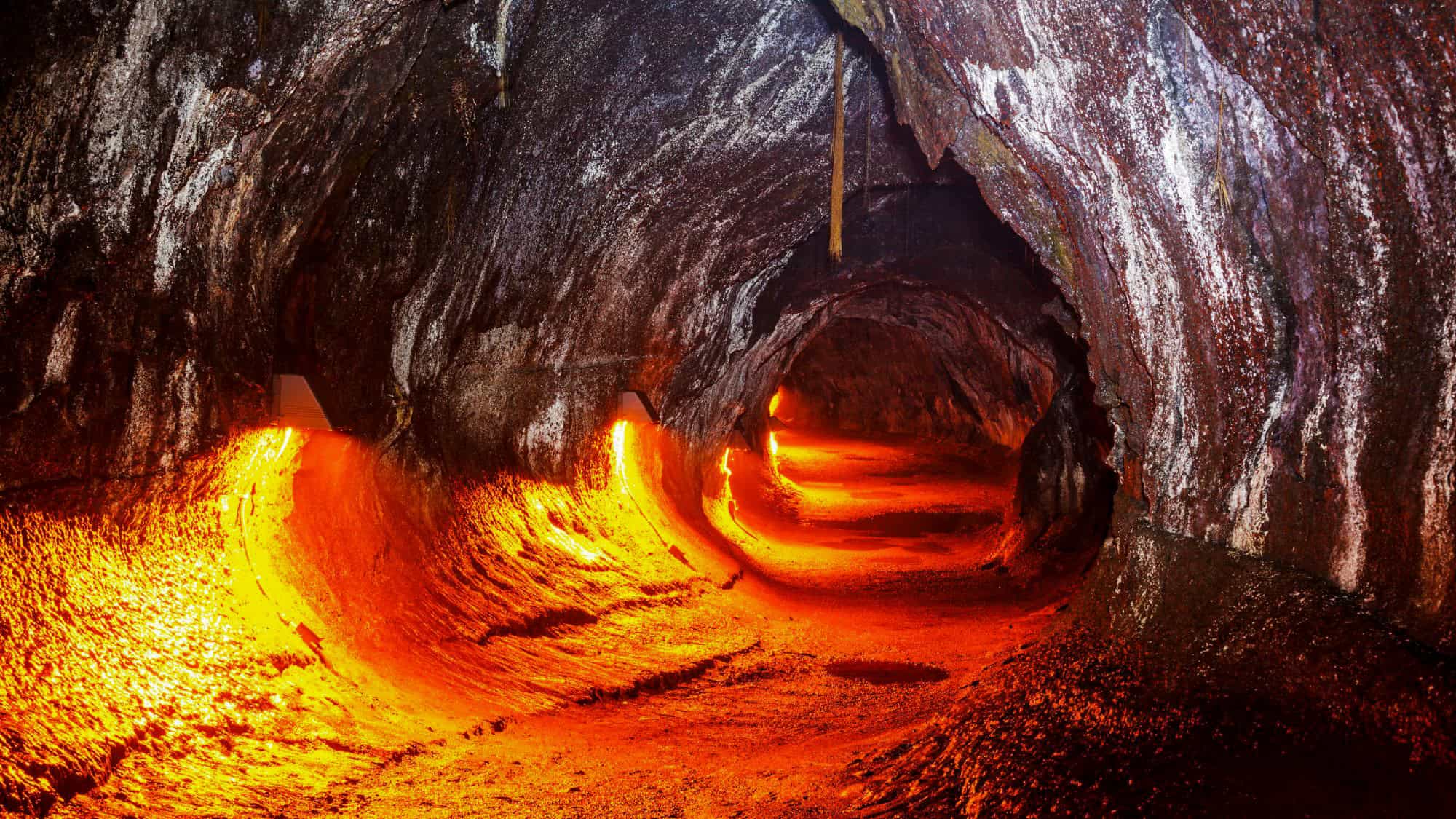
Fancy exploring an underground maze carved by molten lava? At places like Hawaii Volcanoes or Lava Beds, you can channel your inner spelunker and learn to master lava tubes. These guided underground adventures will teach you how to move with a little more grace than a toddler trying ice skating for the first time.
Plus, you’ll get to experience complete darkness (not the “I’m taking a break from socials” kind, the “can’t-see-you-even-wth-my-eyes-open” kind). Make sure to wear good shoes, because tripping over ancient rock formations isn’t the kind of history lesson you want.
Snow Science
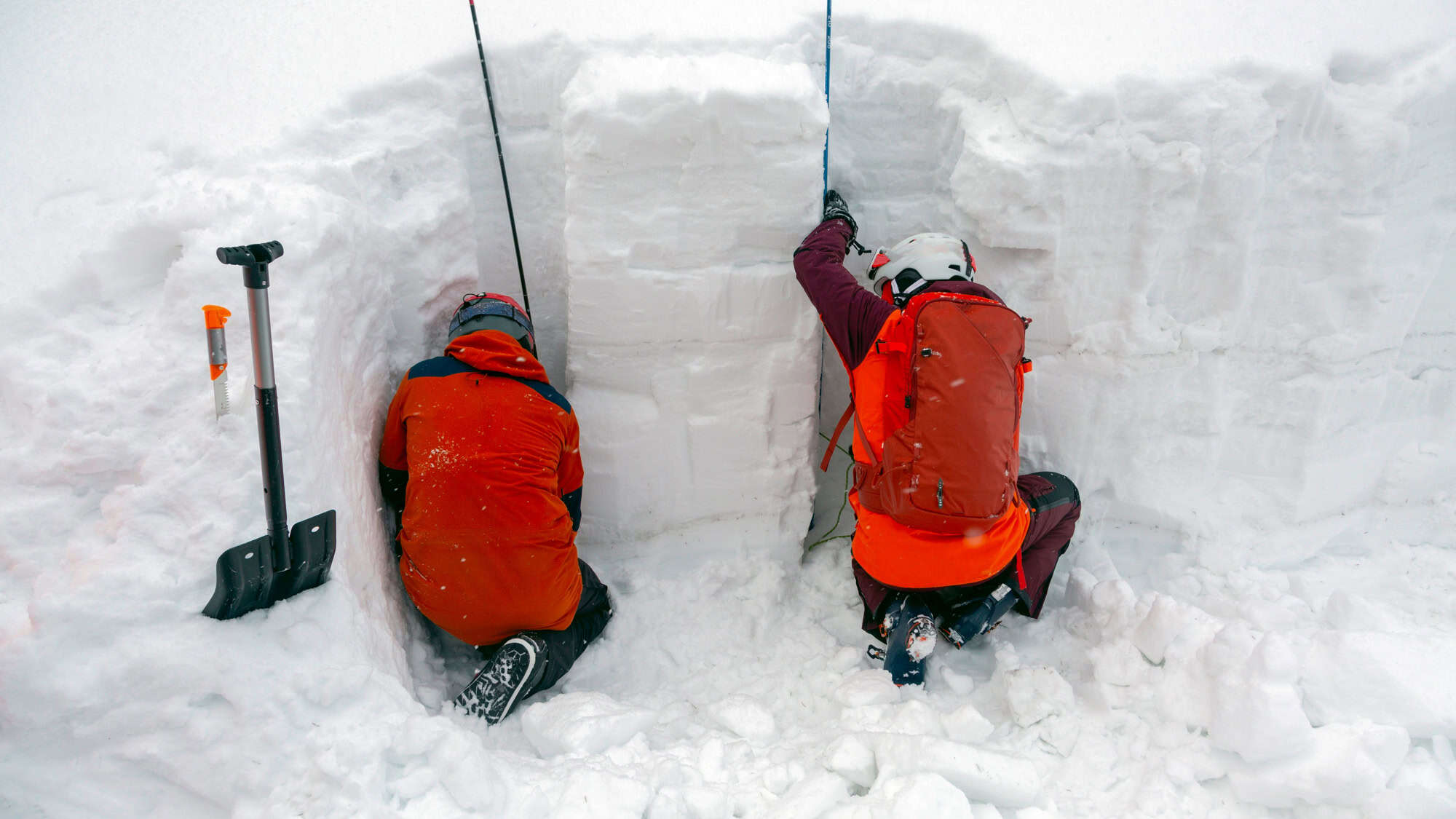
Snowflakes might be tiny, but guided trips to Denali in winter will show you they’re secretly loaded with science. You’ll poke, prod, and test snowpack to learn about avalanche risks… nothing ruins a chilly outing faster than being overtaken by snow you didn’t see coming.
You even get to examine snow crystals up close; spoiler: it’s not all that magical when you’re freezing your fingers off for research. But by the end of it, you’ll know if the white stuff you’re walking on is more “safe pathway” or “Oops, that slide was unplanned,” which seems like crucial knowledge in any snowy scenario.
Bugling Like an Elk
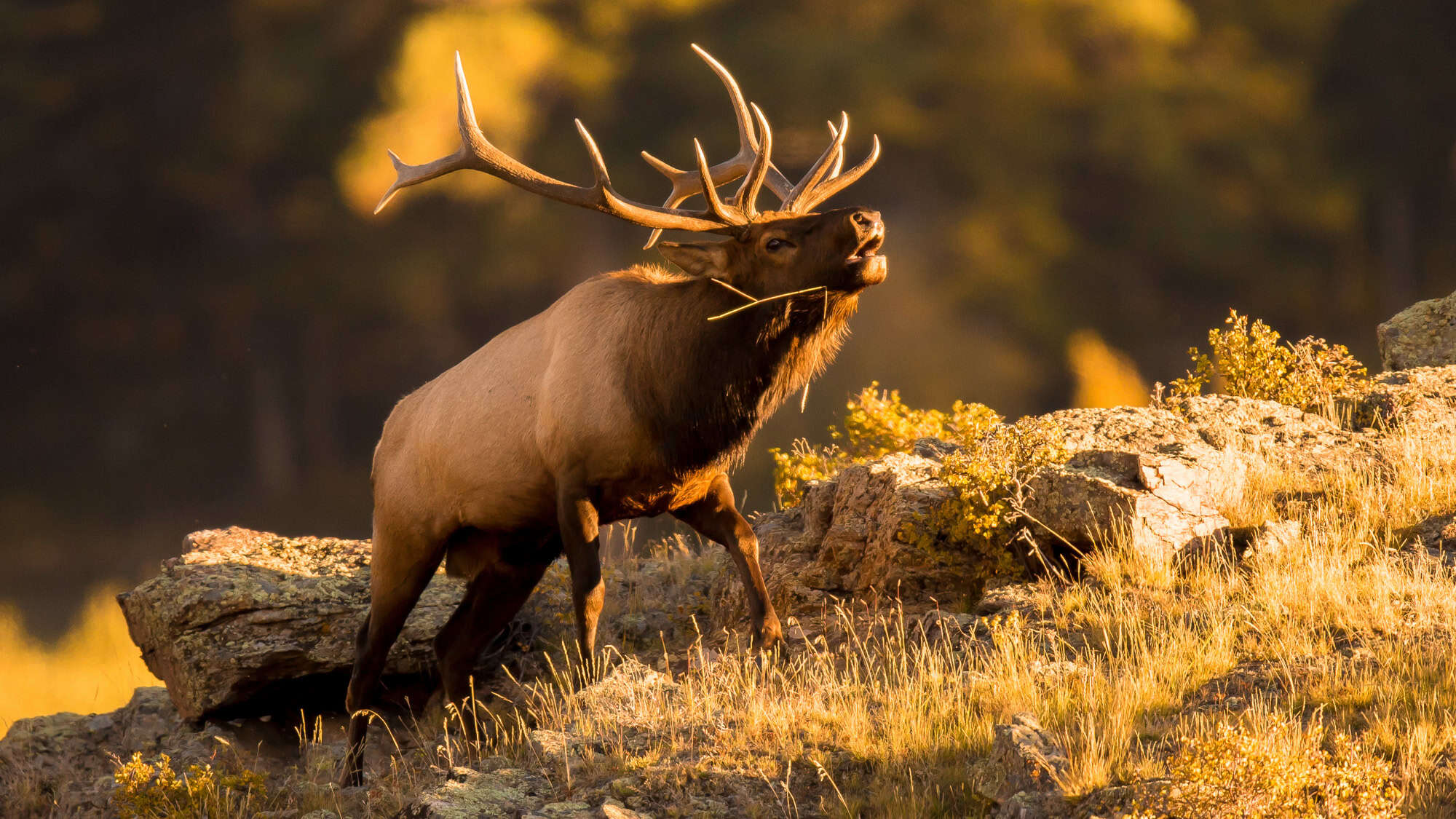
Ever wanted to scream into the wilderness and have it actually mean something? Welcome to elk bugling at Rocky Mountain National Park, where fall events teach you to mimic the glorious (and borderline absurd) sounds of an elk’s love life.
It’s all throat, lungs, and a healthy dose of laughter as you figure out how to belt out a call that says, “I’m large, in charge, and ready to mingle.” Bonus entertainment? Watching other participants attempt their best elk serenades. And by the time you’re done, you’ll either frighten the locals or impress an actual elk. Honestly, either outcome feels like a win.
Cultural Storytelling

Feeling like your inner historian could use a tune-up? Head to Mesa Verde or Canyon de Chelly, where storytelling isn’t just a pastime; it’s an ancient art form. You’ll sit under the stars (or maybe just a well-placed park canopy) and hear Native cultures bring oral traditions to life.
These stories, passed down through generations, aren’t just bedtime material. They hold history, lessons, and a sense of connection that no museum plaque can rival. Plus, who doesn’t love a good tale with a plot twist? And they’re all better than that one time you tried to play storyteller at a family dinner.
Lichen Identification
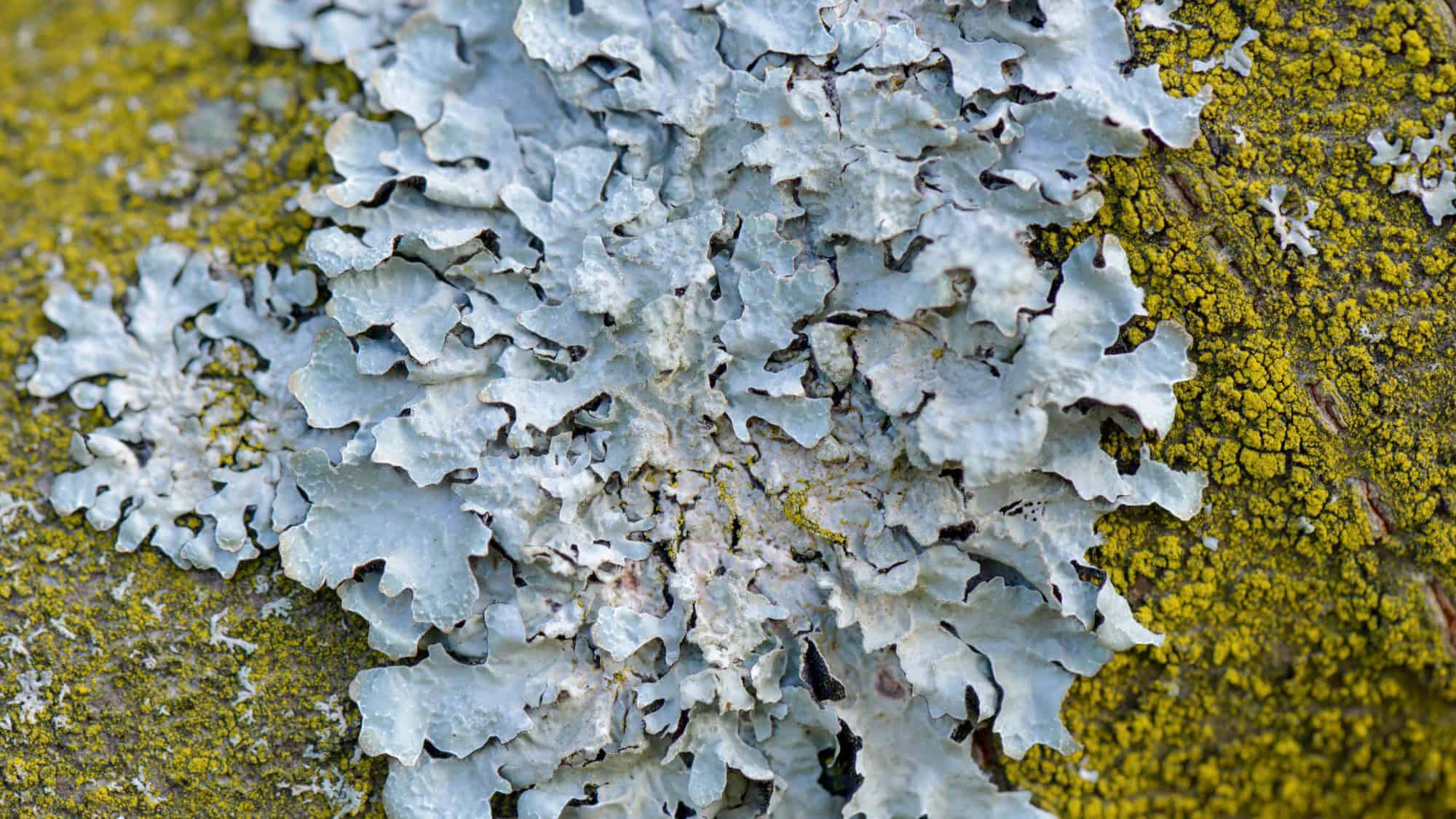
Think of lichen as nature’s lovechild between fungi and algae… adorable, right? Crater Lake’s got these little wonders in abundance, and if clean air were a celebrity, lichens would be its biggest fans. Join a program and walk around sounding smart as you point out crusty, leafy, or bushy varieties stuck to rocks and trees.
It’s like treasure hunting, but instead of gold, you’re finding air quality monitors no one asked for. And good on you if you manage to pronounce “foliose” and “fruticose” without your tongue staging a mutiny.
Historic Morse Code Or Flag Signaling

Travel back in time at Harpers Ferry National Historical Park and learn how folks communicated before texting made thumbs a workout necessity. Morse code and signaling flags might sound old-fashioned, but imagine sending a whole message by blinking.
Okay, so you’ll actually be using flags, but it’s fun in a “Civil War-era Instagram Stories” kind of way. It’s a chance to send messages so secretive, even you’ll forget what you were saying. And hey, if you’ve got a knack for tapping out a rhythm, who knows, a career in historical reenactment might just be your calling.
Like Our Content? Make sure to join our newsletter for all the latest on outdoor adventures (and a FREE STARGAZING GUIDE). Click here to sign up!
